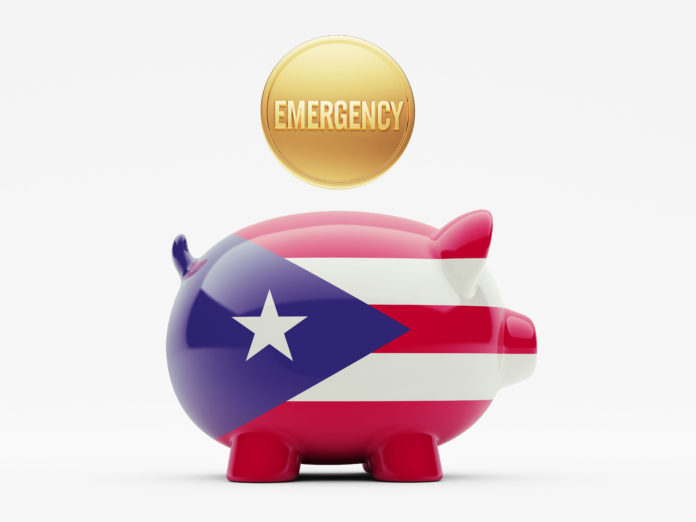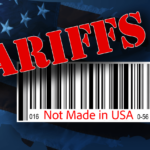The financial story of the summer has been trouble overseas—specifically, a debt crisis in Greece and a market crash in China.
But a story developing this week may have the greatest impact on United States markets and citizens.
As of Monday morning, Puerto Rico officially went into default when the island missed a $58 million payment to creditors of its Public Finance Corporation. It’s the latest setback for an economy that continues to struggle amidst high levels of unemployment, causing thousands of Puerto Ricans to leave the island in search of work on the U.S. mainland.
The missed payment itself is not altogether surprising—after all, Puerto Rico’s own governor, Alejandro Garcia Padilla, recently described the territory’s economic crisis as a ‘death spiral.’ But the circumstances and potential fallout could have lasting effects on American investors.
Choosing Whom To Pay
While the missed payment of $58 million made headlines Monday, here’s the rest of the story: in total, Puerto Rico had $483 million in debt payments due Monday to various institutions and corporations. The government was able to pay all but the $58 million due to the Public Finance Corporation (PFC)—a group made up of credit unions and ordinary Puerto Rican citizens.
The Puerto Rican government made a strategic decision to pay all of its debt except for the money owed to the PFC because the entities that own the PFC debt have little legal power to fight back in court.
“The PFC debt is a small amount,” said Cate Long, founder of Puerto Rico Clearinghouse, a research firm focused on Puerto Rican debt. “It has very weak legal protection, and it’s owned by people who are unlikely, necessarily, to sue the government.”
But the debts owed to Wall Street hedge funds—institutions with considerably more financial backing and legal clout—were paid on time.
The government’s strategy is the latest slap in the face to Puerto Rican citizens suffering through an unemployment rate approaching 15%, as well as exorbitantly high taxes and an historically bad drought. Since 2010, an average of 48,000 Puerto Ricans have fled the island for the U.S. mainland—a number that appears far more significant when you consider the island’s total population is only 3.5 million.
The Role of The U. S.
Governor Padilla has pledged to lead a re-structuring of Puerto Rican debt by the fall. In order to accomplish this, his first move was to ask Congress for Chapter 9 bankruptcy rights—a perk enjoyed by all U.S. states, towns and municipalities (but not by territories.)
The reason places like Detroit were allowed to file for bankruptcy is that the state of Michigan, for example, enjoys Chapter 9 bankruptcy protection. Puerto Rico does not enjoy such rights, and it’s unlikely that they will at any point.
All of these details are crucial to U.S. investors because of their potential exposure to Puerto Rican debt. According to Morningstar, more than half of U.S. municipal bond funds hold some degree of exposure to Puerto Rican debt. Analyst Beth Foos of Morningstar added that about $11.4 billion—about 15% of Puerto Rico’s total indebtedness—is housed within such funds.
Meanwhile, Puerto Rico stands where Greece did a month ago—in default. No bailout seems likely. So while Governor Padilla and other officials continue to work towards a solution or restructuring, only one thing appears certain.
“This is the first in what we believe will be broad defaults on commonwealth debt,” summarized Emily Raimes of Moody’s Investors Service.













